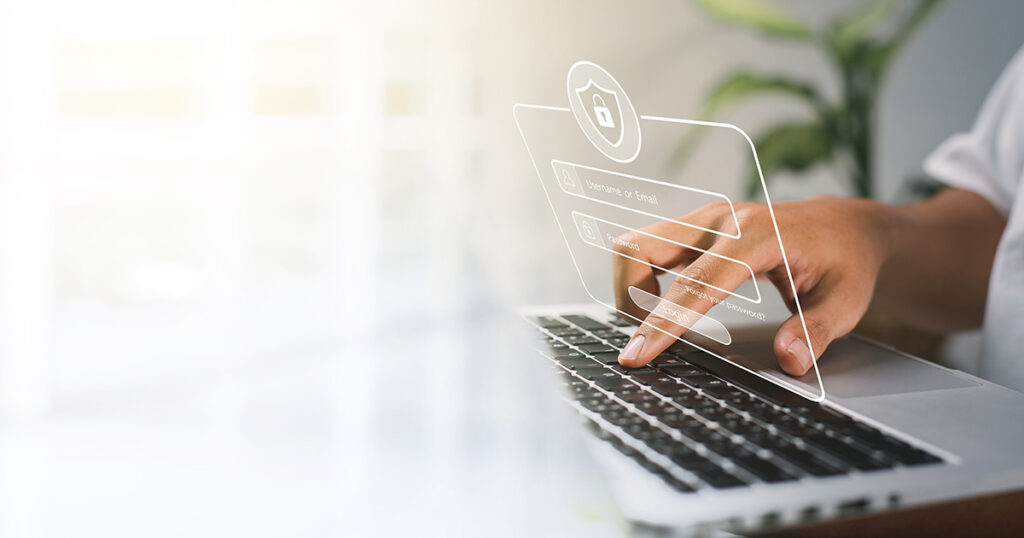Just as people have systems in place to physically protect their homes, there are also ways to ensure that your data systems and IT security are safe. Protecting your data systems should be considered one of your most important priorities as a homeowner. Here are 10 reminders to protect you and your home:
1. Keep Watch on Your Mailbox
While snail mail may sound antiquated, the fact remains that there are many things that come to your mailbox as a direct result of companies and organizations having your address. Think credit card preapprovals, insurance offers, and various other unsolicited mail. The Federal Trade Commission offers great information for stopping this mail altogether.
2. Be Wary of Phone Scams
In addition to monitoring the mailbox, also carefully interact with your landline or cell phone. Don’t answer calls from unfamiliar numbers. Never click on unfamiliar text links. Avoid giving out any personal information to a person or site over the phone. The people behind these calls and texts are usually phishing for sensitive information or have malicious intent.
3. Shred and Dispose of Sensitive Documents
Despite the virtual and digital landscape of our world today, most homeowners do keep at least some physical or paper records that have account numbers or other personal identifiers on them. When you purge your paper stash, be sure to properly shred and dispose of the remnants.
4. Don’t Share Passwords and Log Out at Unfamiliar Locations
While it may seem obvious to avoid sharing a password with a stranger or logging in to your accounts at unfamiliar locations, sometimes even sharing logins and passwords with family members or logging into your streaming services on vacation is done with good intentions. If you do this, always log out before you leave and make sure your accounts require two-factor authentication.
5. Don’t Post Specifics on Social Media
Speaking of vacation, many people love to post photos of their latest excursion to the mountains or family beach vacation. Not only does this alert others to your absence from and the vacancy of your home, but also enabling location sharing has its own set of risks.
6. Check Permissions and Privacy Settings on Your Apps
Most people have more apps on their phones than they even know they have. Consider doing an edit of what you have and removing any that you no longer use. Run a checkup to see if you have the most protected privacy settings and permissions controls on each app. If you have banking information tied to apps, it’s always a good idea to run an audit there too.
7. Carry Identity Monitoring and Theft Protection
Identity theft protection and insurance can protect you from this common, costly type of fraud. Identity theft protection can help to make sure your accounts are well-monitored. If your identity is stolen, this type of insurance will cover any damages or loss.
8. Use Free WiFi with Caution
The ability of a cybercriminal to place themselves between you and the connection point poses the biggest security vulnerability to public WiFi. You unknowingly communicate with the cybercriminal, who then collects and passes your information to the hotspot, rather than you connecting to the hotspot directly.
9. Use Strong and Unique Passwords
Passwords are another area that can make or break your data systems and IT security. Consider changing them somewhat frequently. Use strong and unique passwords, avoiding things like street numbers, birthdays, and phone numbers. Using password protection browser extensions like LastPass, NordPass, and Dashlane will add an extra layer of privacy and safety.
10. Block Search Engines from Tracking You
Internet service providers (ISPs) can see more of what you do online than almost anyone. They can track your browsing history easily, and, in some cases, they can share that data with third parties. Most computers have “do not track” settings that will keep your browsing traffic off. Additionally, services like DeleteMe will remove personal information like names, addresses, and email.



